Advertisement
7 tips to help you tailor your protein use
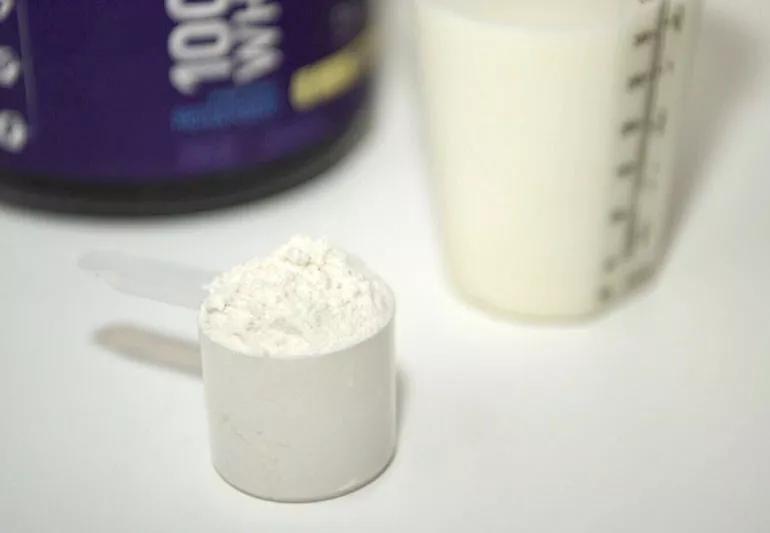
Protein powders are a quick way to help ensure that your body is nourished and satisfied. People use them for a variety of reasons — to lose weight, to improve sports performance, build muscle mass and for overall wellness.
Advertisement
Cleveland Clinic is a non-profit academic medical center. Advertising on our site helps support our mission. We do not endorse non-Cleveland Clinic products or services. Policy
But look around and the protein powder options are endless. So how do you know what type is best for your personal health goals?
It’s important to know the difference between available protein powders as well as how they stack up against whole food protein sources, says registered dietitian Kate Patton, MEd, RD, CSSD, LD.
You can meet your body’s daily protein requirements whether you drink shakes or eat only whole foods. However, they don’t offer equal nutrition.
What you may find surprising is that shakes generally contain fewer nutrients than whole foods. For that reason, shakes may help you lose weight, but whole foods can offer a bigger nutritional punch.
Whey protein is one of the most commonly used proteins and is best for day-to-day use. It contains all of the essential amino acids and is easily digested. It helps boost energy and can reduce stress levels.
Whey isolates and concentrates are best to use after a workout.
Soy protein is another common choice. It helps reduce high cholesterol and can ease symptoms of menopause for some women. It can also help with osteoporosis by helping build bone mass.
Other types of protein include:
Here are some general guidelines, based on the outcomes you’re looking for:
Advertisement
Here are a few things to consider:
Although there’s no magic number for how much protein to consume at one time, it’s best to aim for at least 3 ounces or 20 grams of protein per meal.
“Each protein powder has a unique taste, depending on the ingredients and protein source,” says Patton. “A lot of companies use fillers or flavor enhancers designed by food scientists to create flavors beyond the standard vanilla, chocolate and strawberry.”
To improve the taste of the protein shakes you make, mix your protein powders with milk or a milk alternative (as opposed to water) to produce a creamier milkshake-like texture.
Create your own flavor enhancers by mixing in one serving of fruit or even a tablespoon of peanut butter.
Advertisement
Learn more about our editorial process.
Advertisement

The general rule is 0.8 to 1 gram of protein per kilogram of body weight — but that may not be right for you, and it’s important to determine what’s right for you
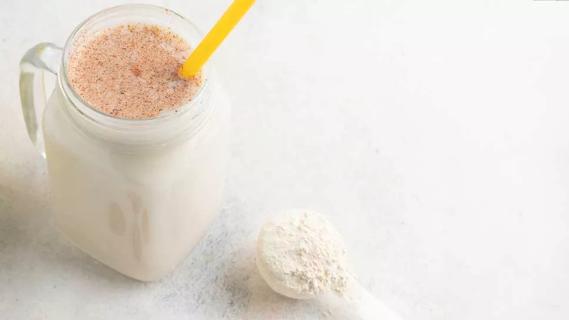
This edible insect powder can be a good source of protein, fiber and other nutrients

Made from sprouted whole grains and legumes, it’s low calorie and full of fiber and protein
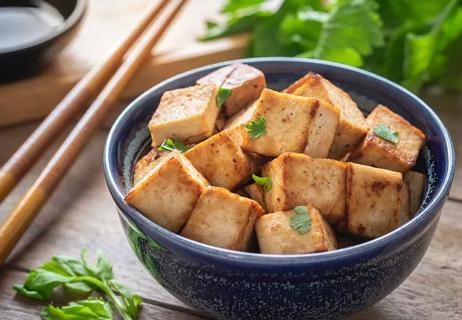
A protein powerhouse, tofu builds muscle, protects your heart and lowers cancer risk
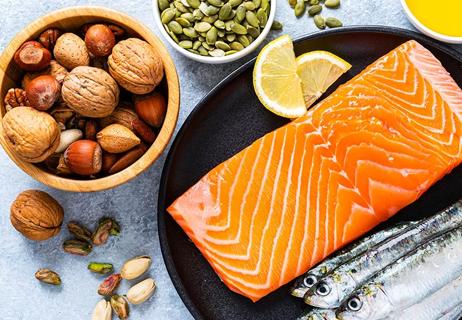
Some options like chicken breast and beans are better for you than processed meats or dairy
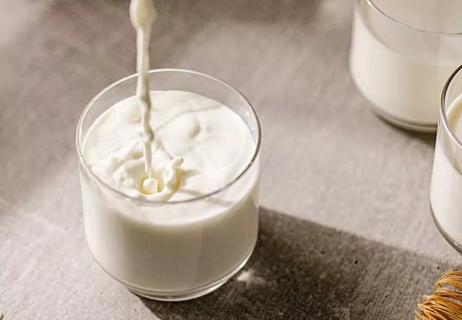
Protect and build muscle while getting essential amino acids and calcium with this protein

This versatile seed is packed with protein and fiber to ward off hunger

Going overboard on protein can lead to weight gain and kidney damage, among other issues

Focus on your body’s metabolic set point by eating healthy foods, making exercise a part of your routine and reducing stress

PFAS chemicals may make life easier — but they aren’t always so easy on the human body

While there’s little risk in trying this hair care treatment, there isn’t much science to back up the claims